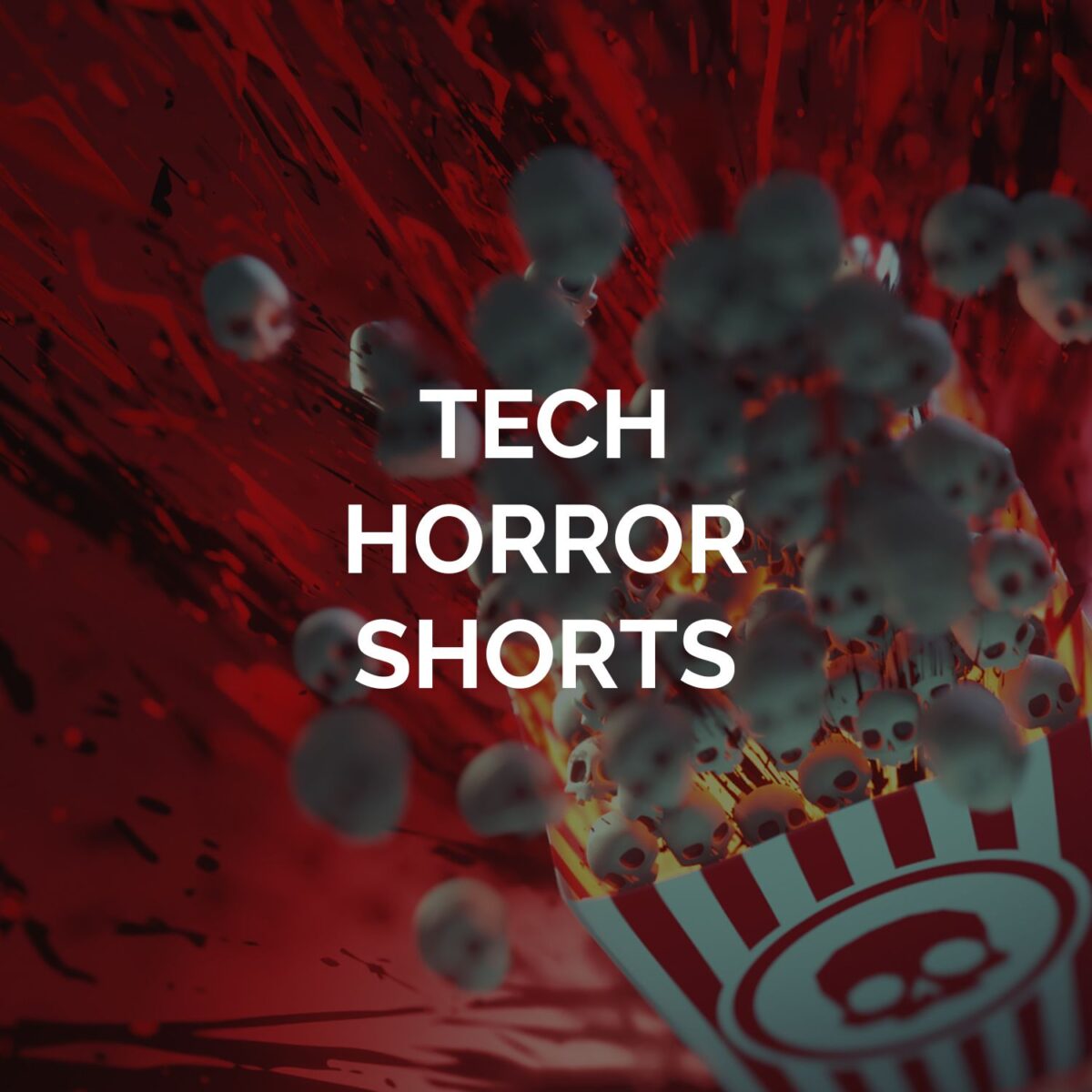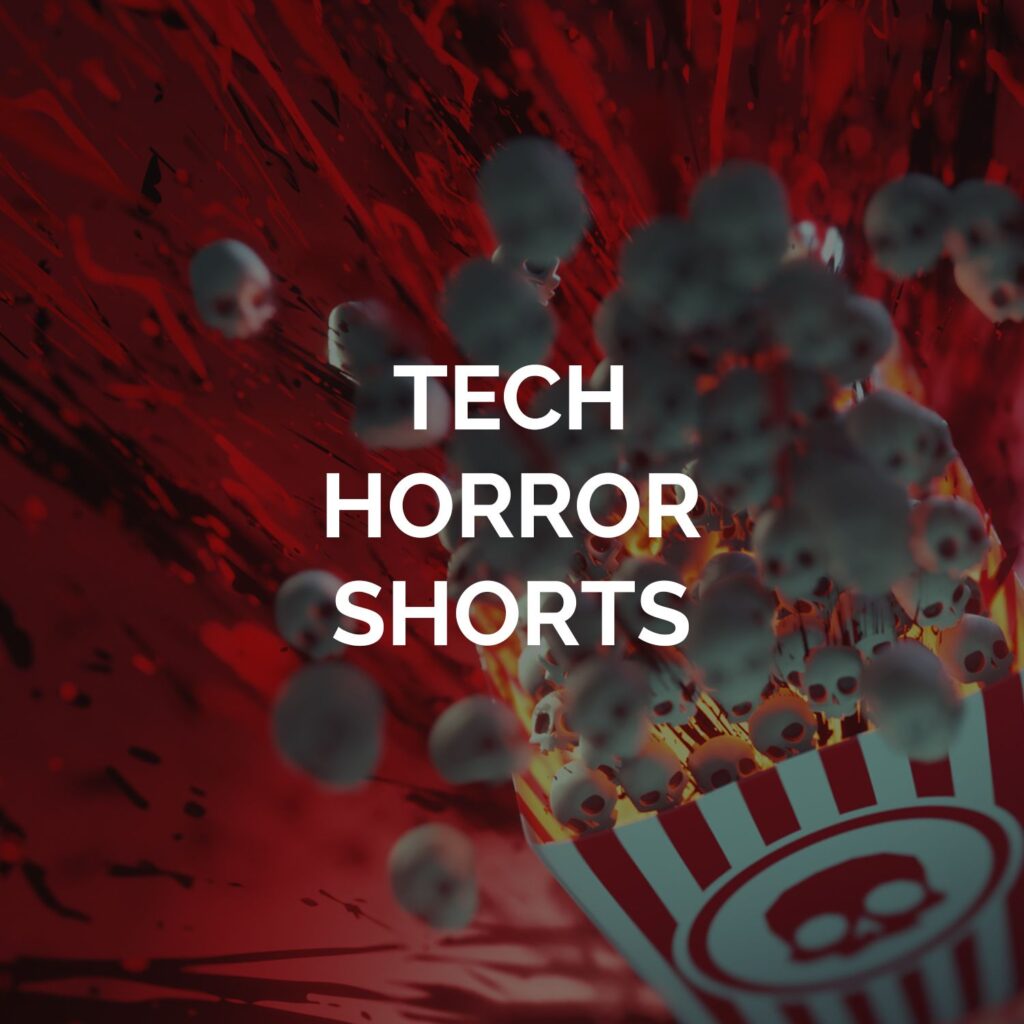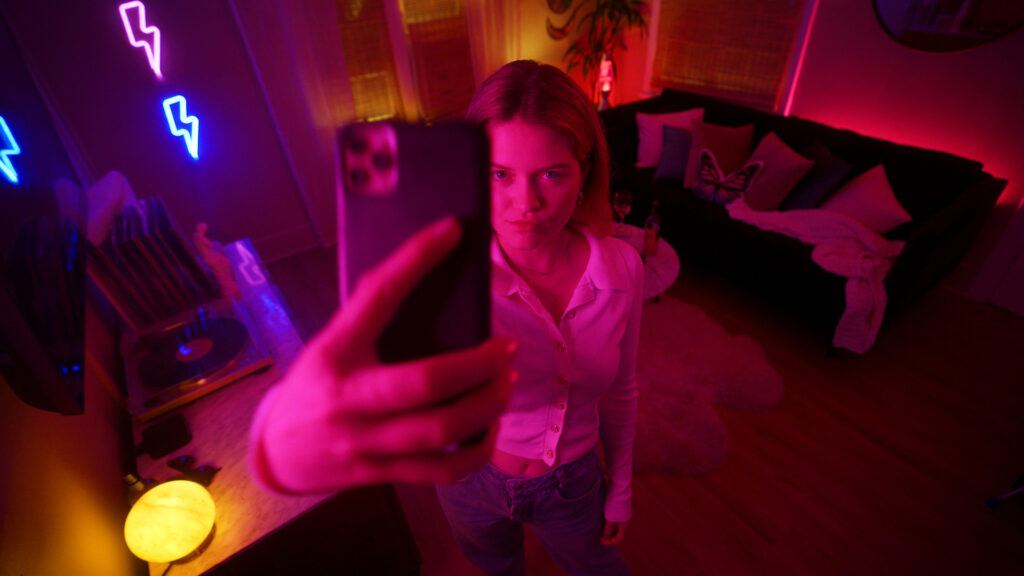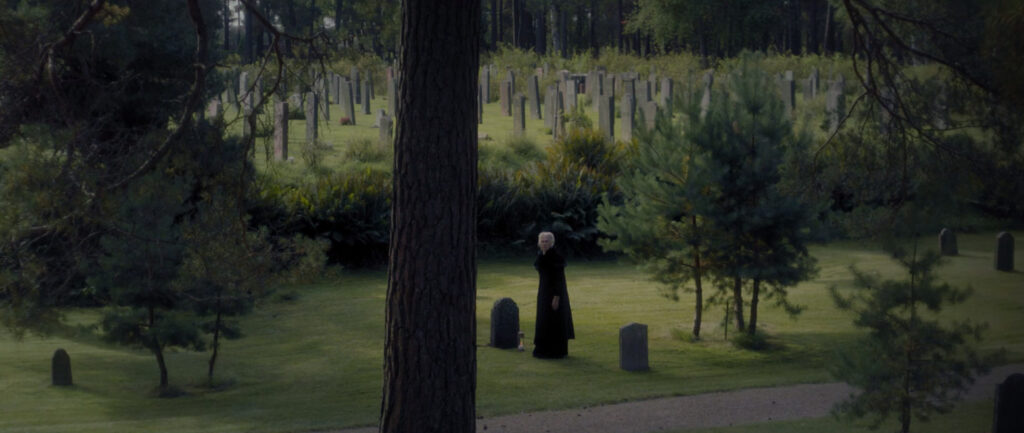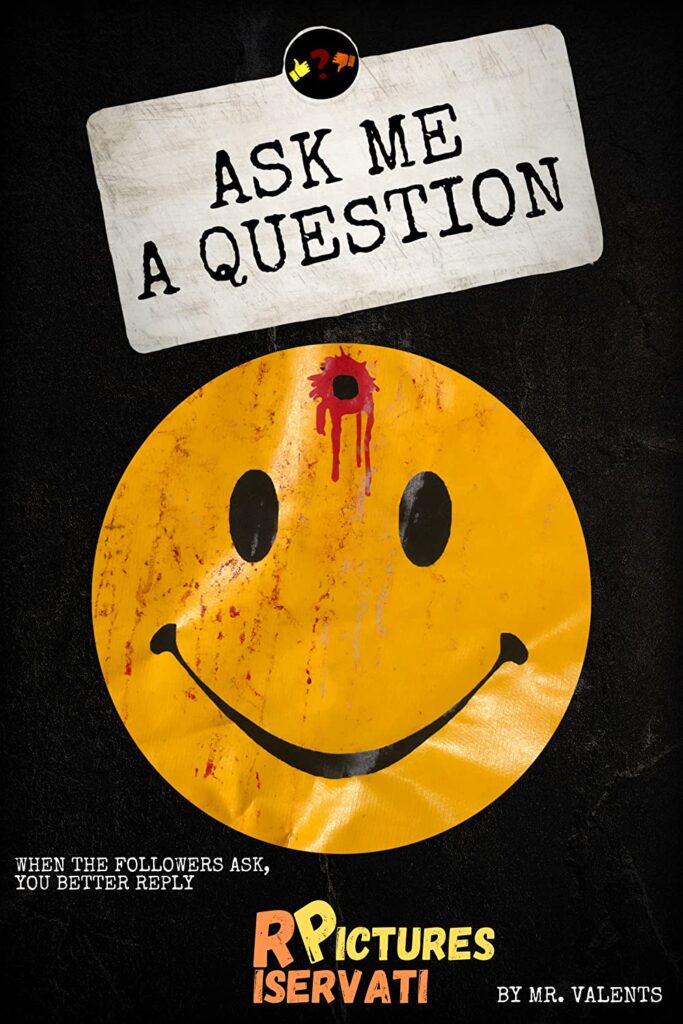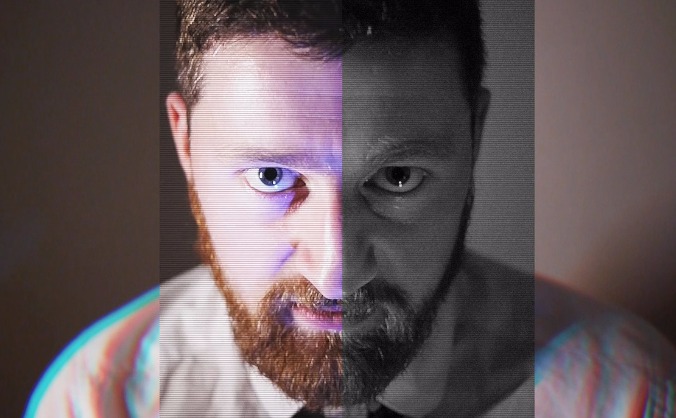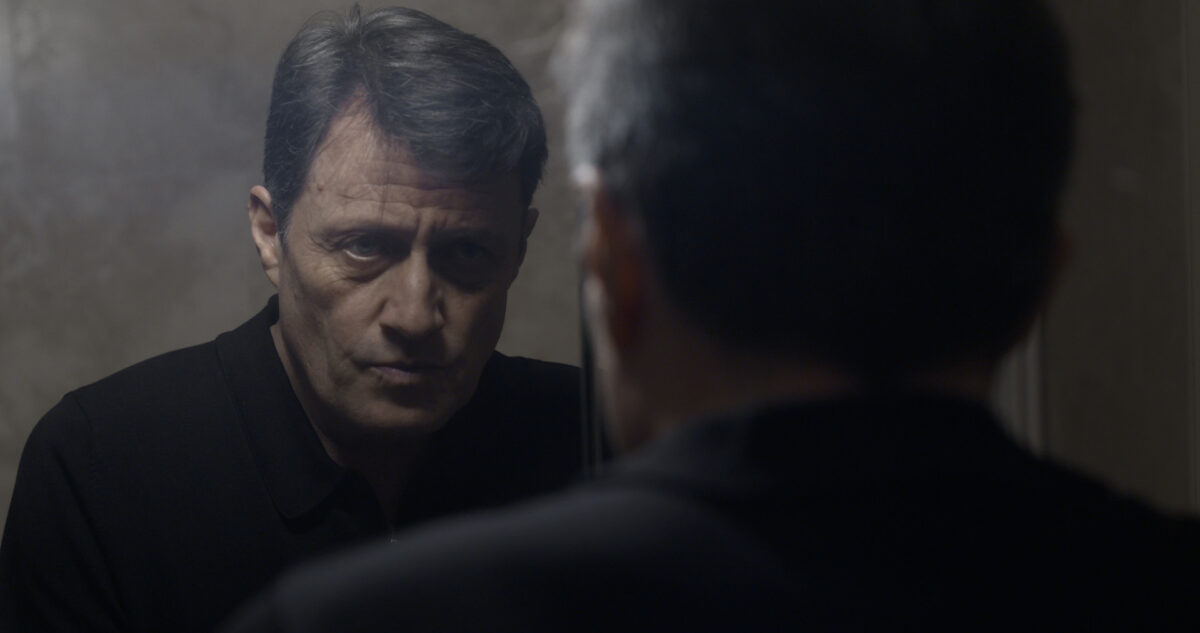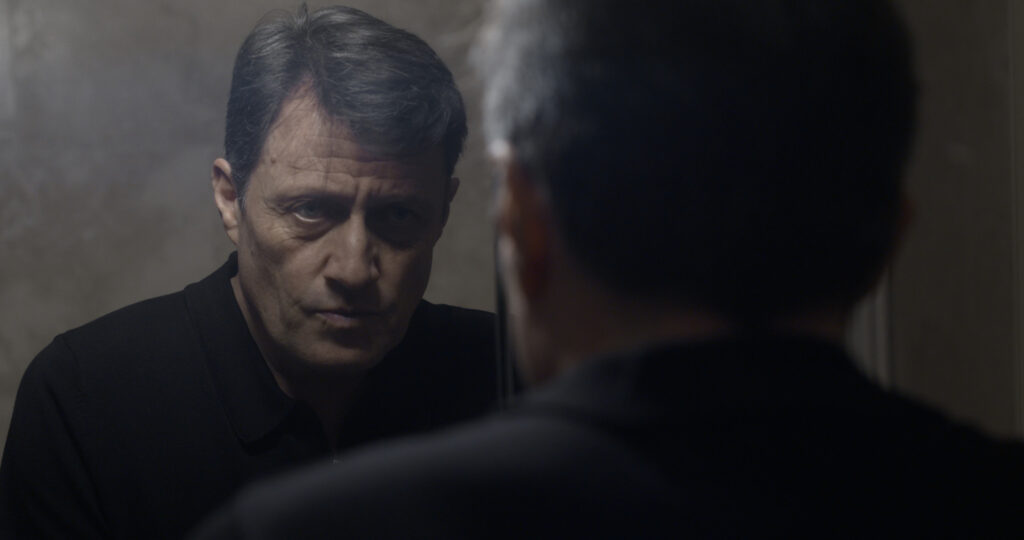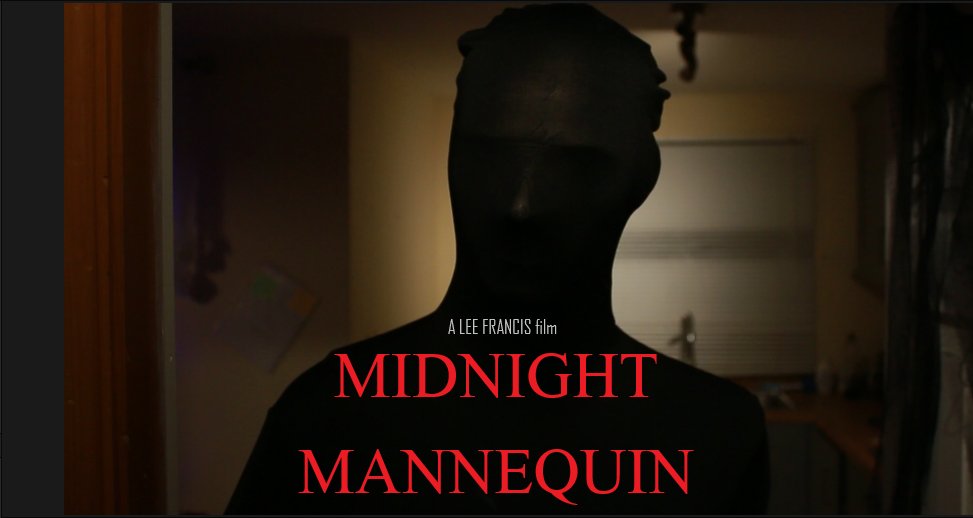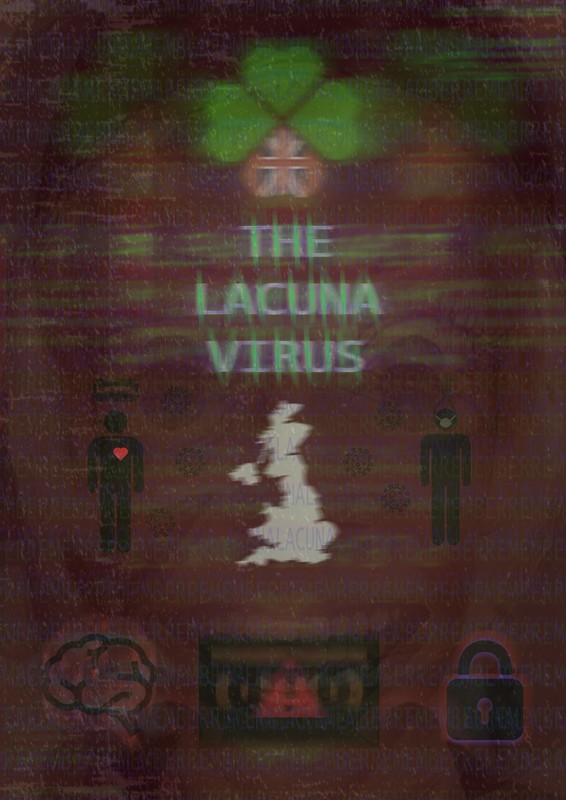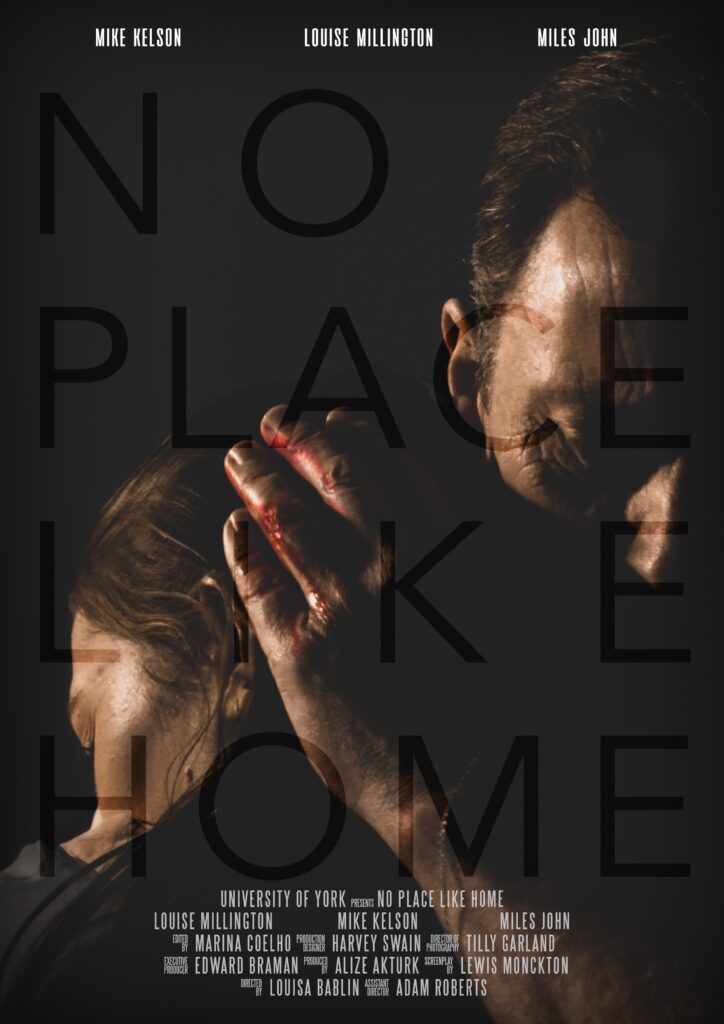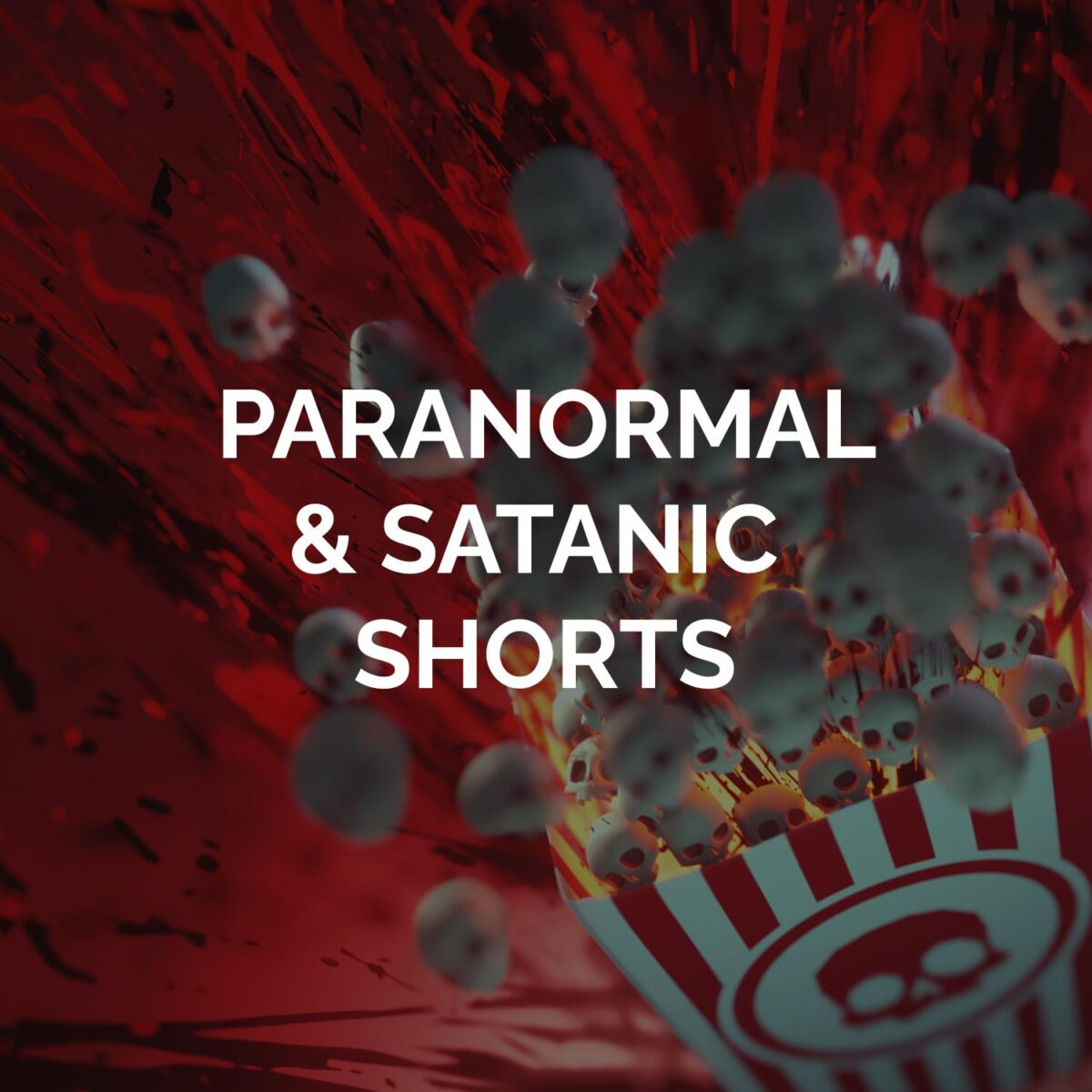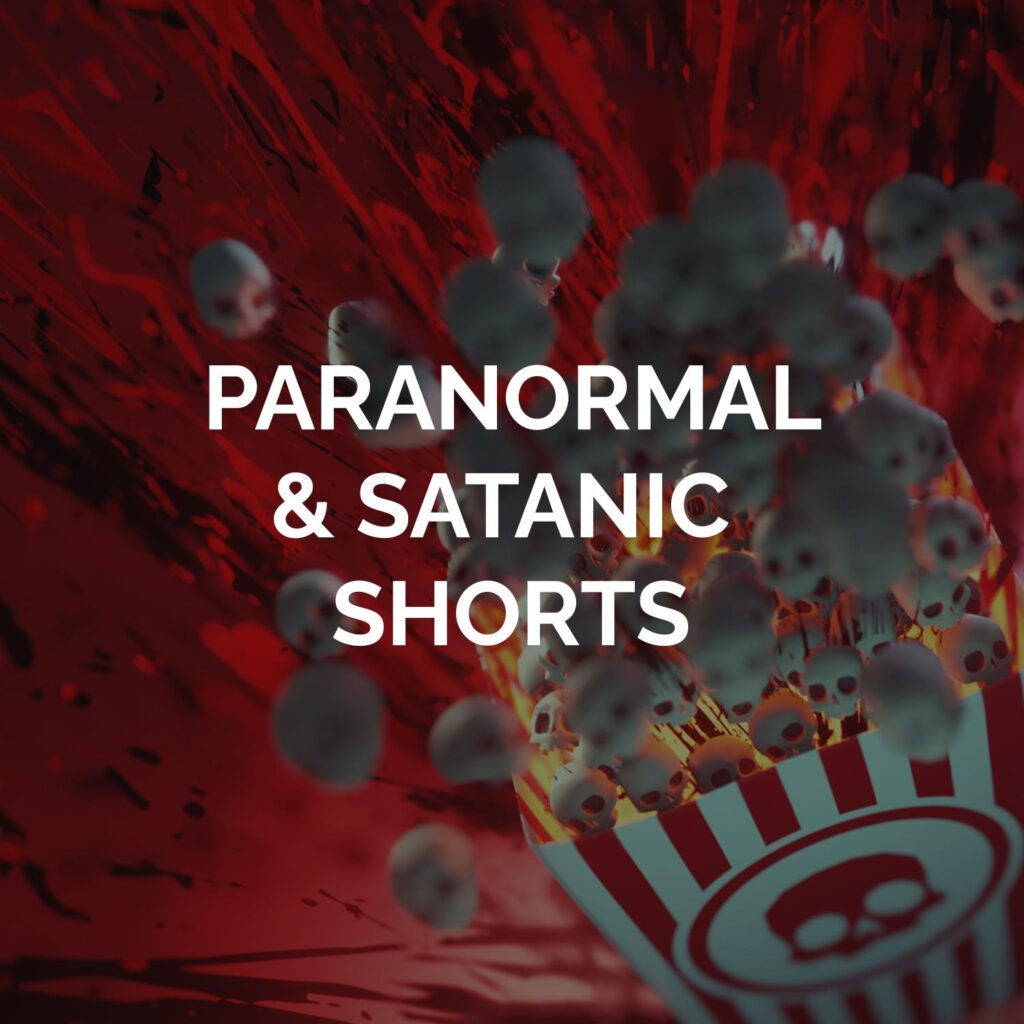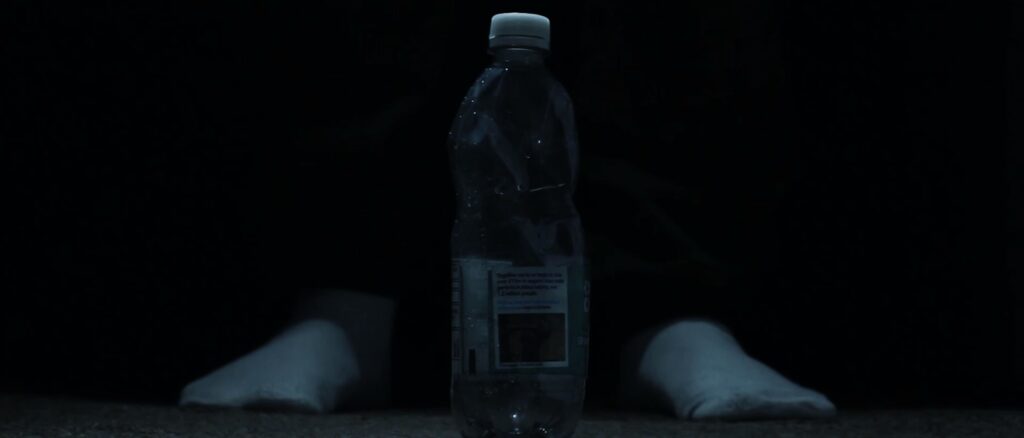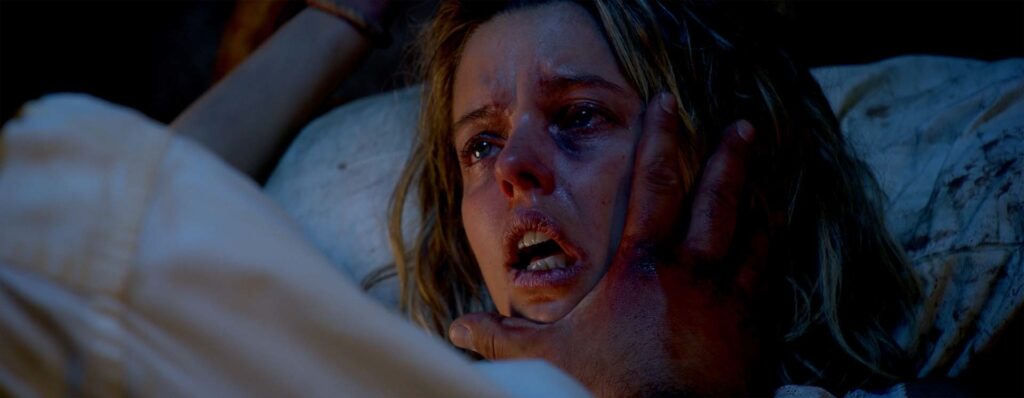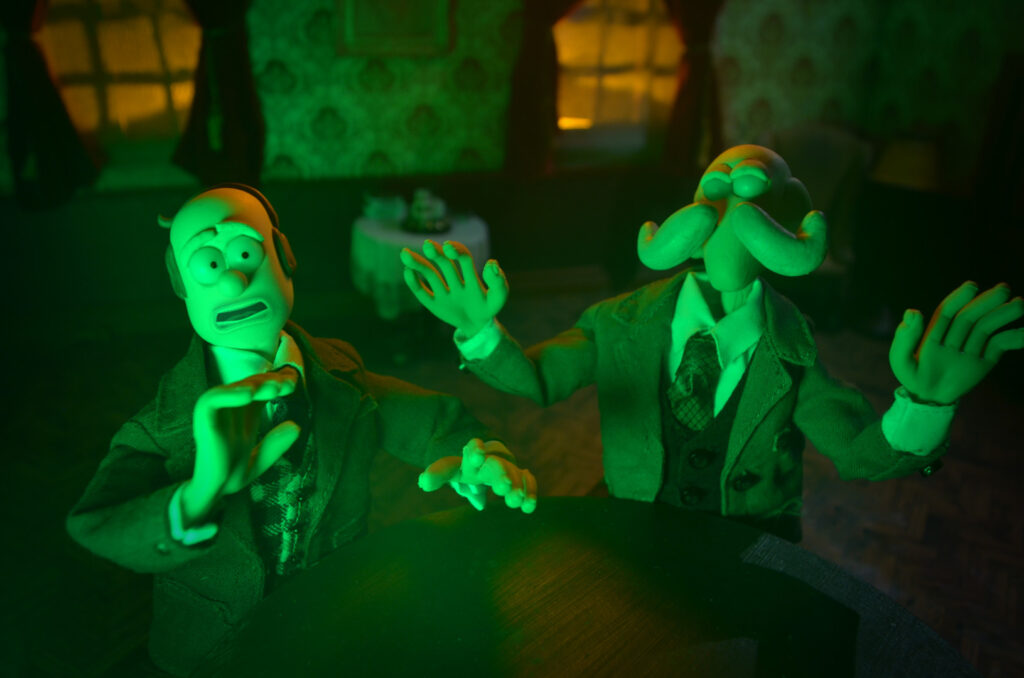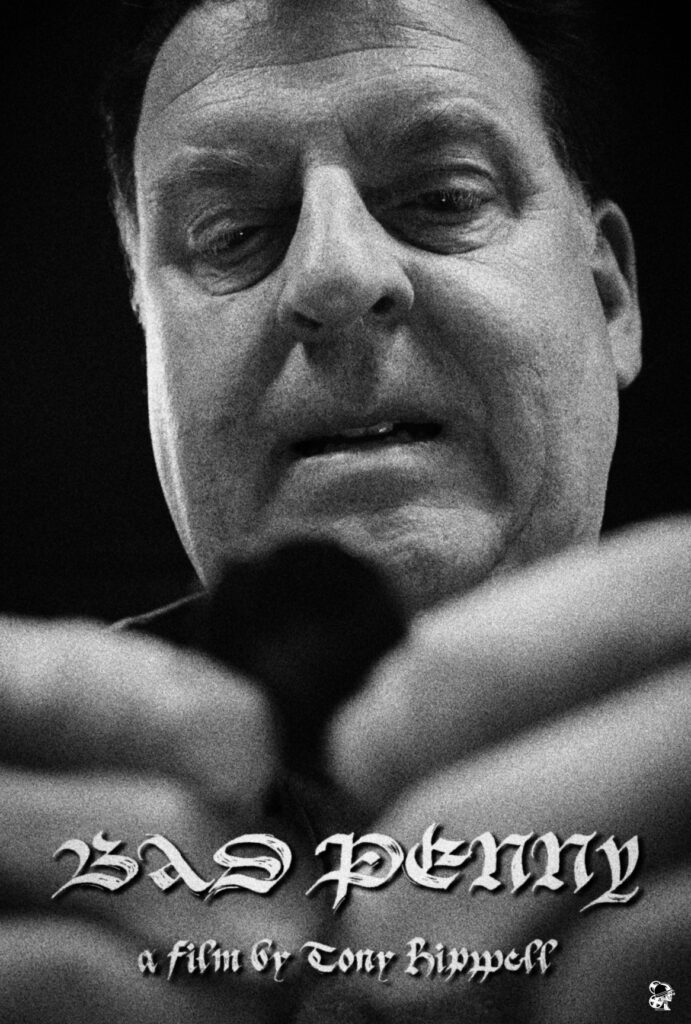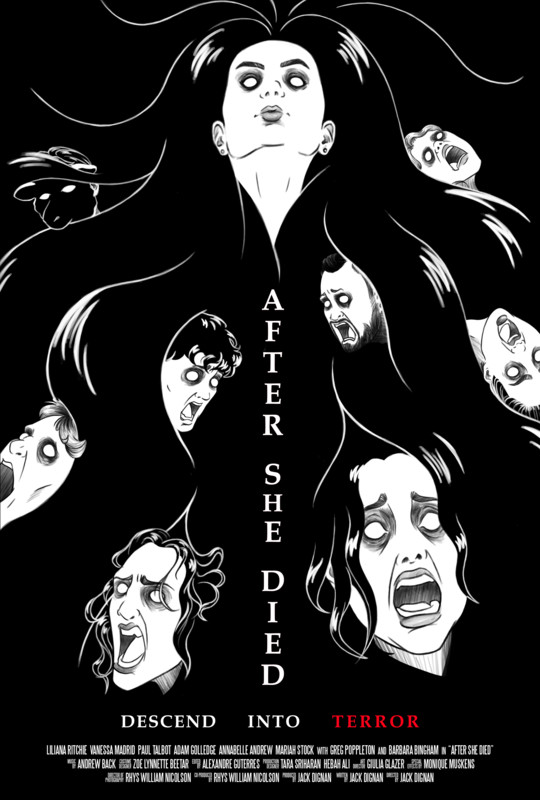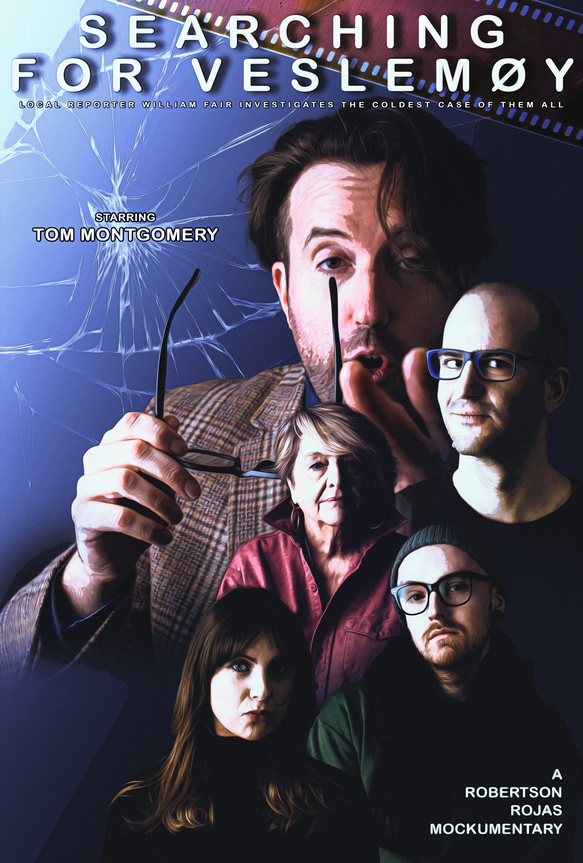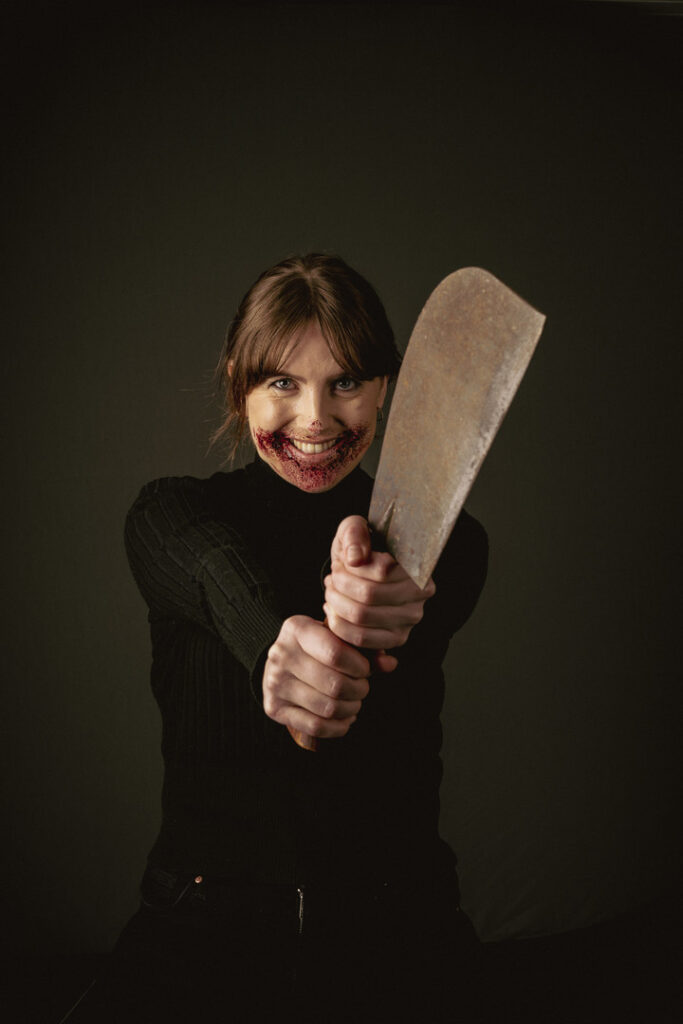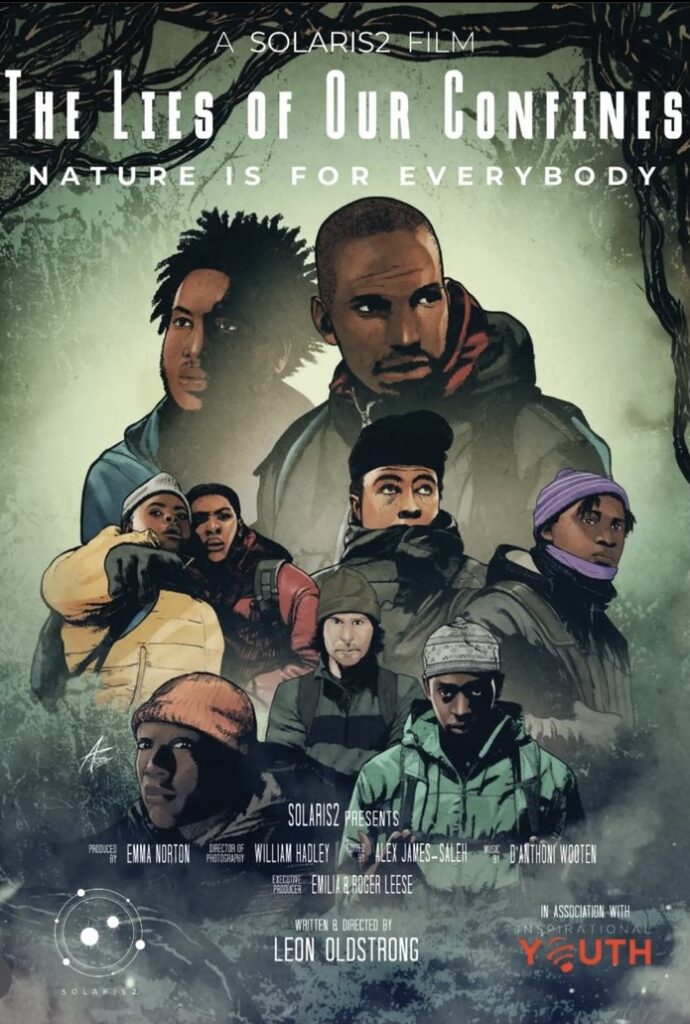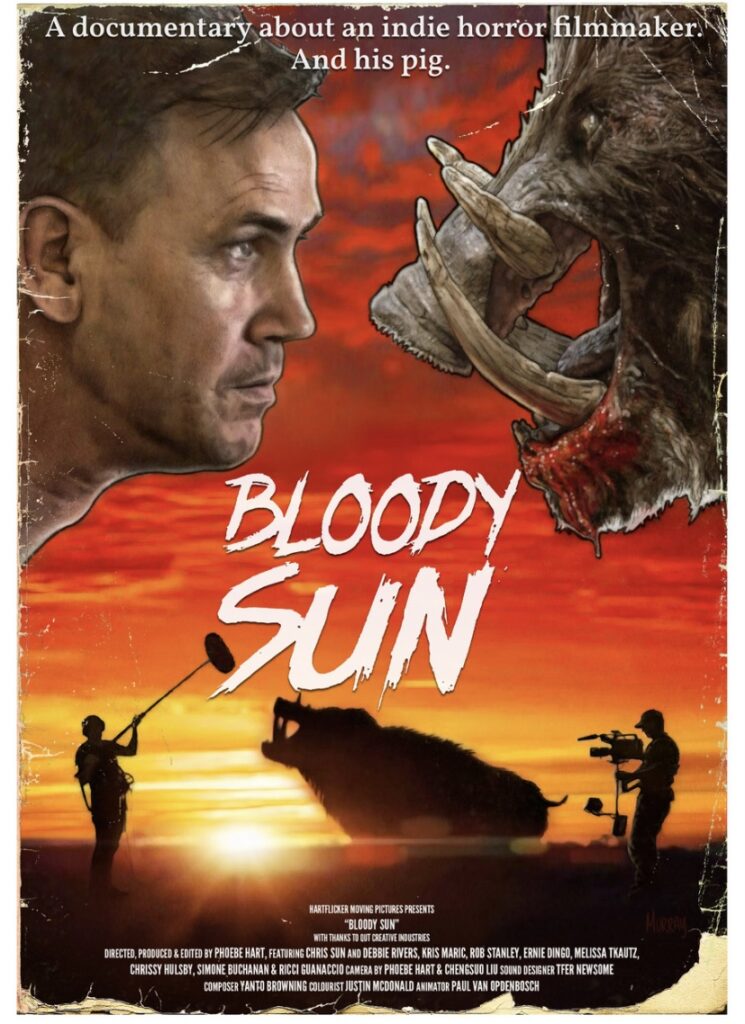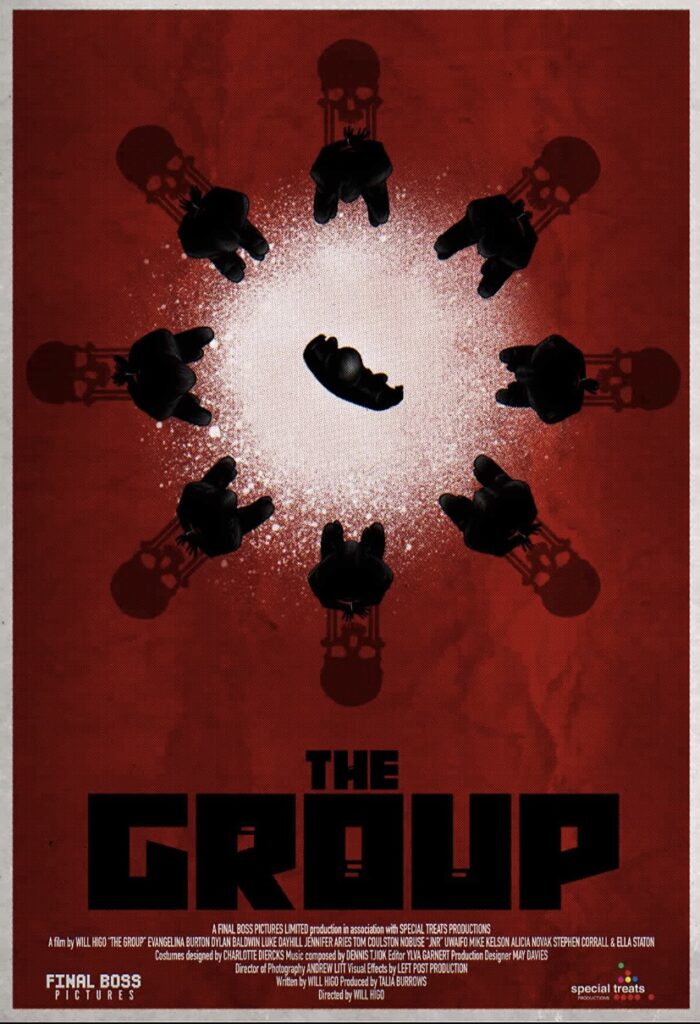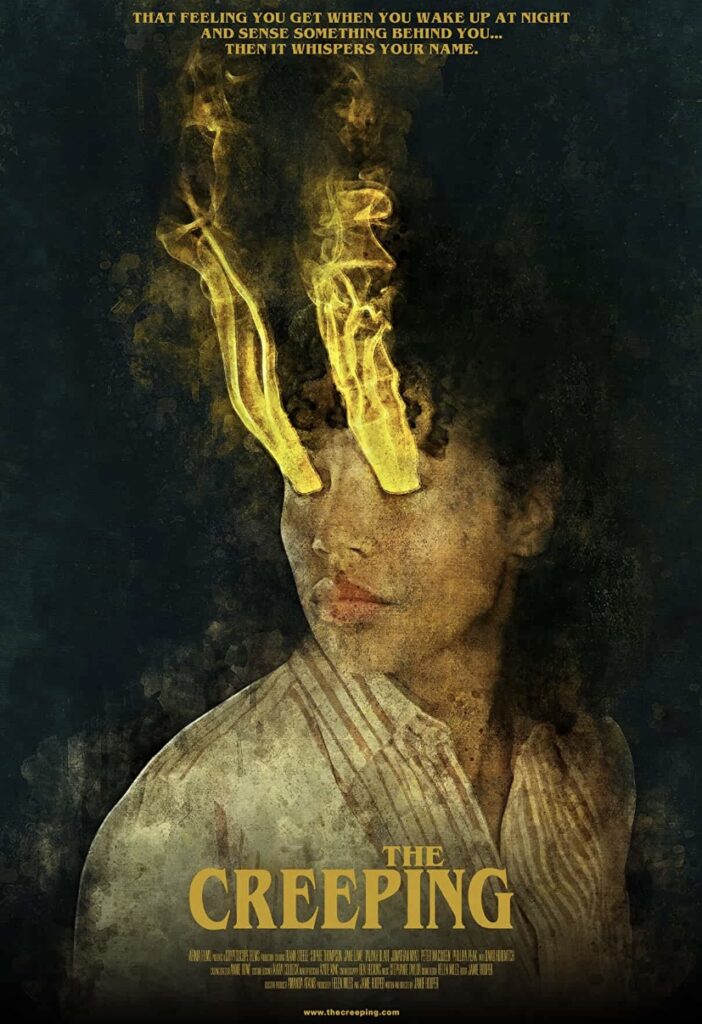

Eric (Directed by David Yorke)

Joshua (Oliver Powell) finally gets to meet Eric, the seemingly adorable dog of the girl he’s been recently seeing (Jemma Moore). However, as the evening continues, he gets the sneaking suspicion that Eric is not the normal house pet. The world of modern dating can be a proverbial war zone, battling through strange encounters and even stranger people, or in this case, peculiar pets. Eric takes advantage of the innate dark and satirical humour that comes from a clever and mischievous creature feature.
Dispensary of Death (Directed by Simon O’Neill)
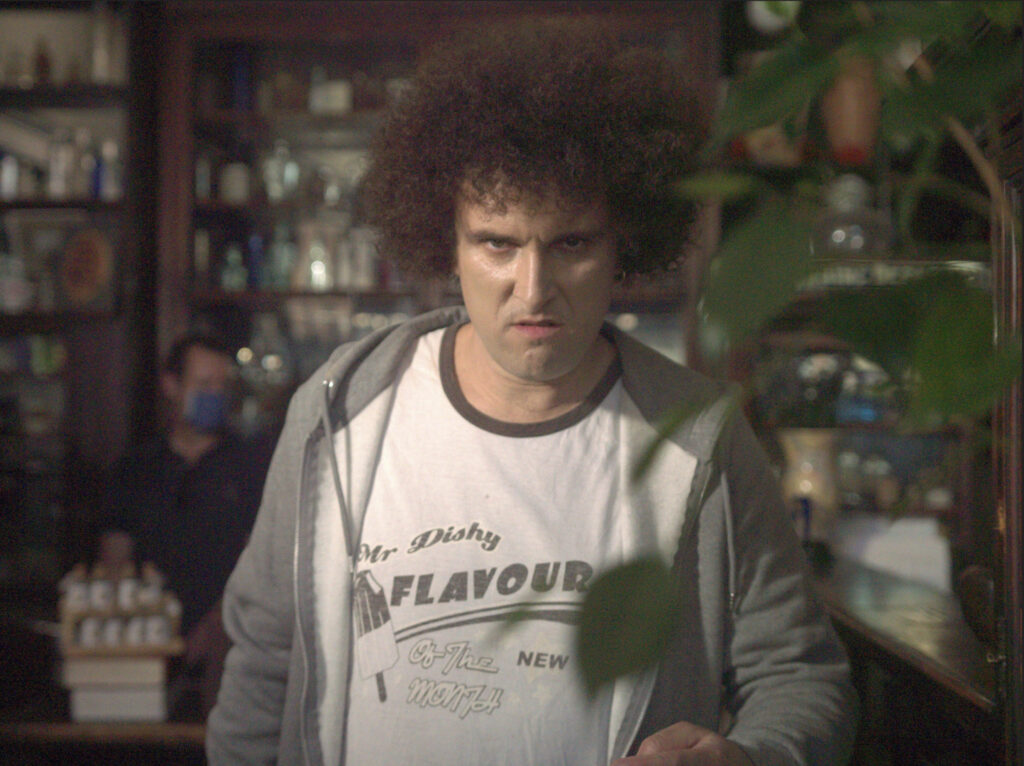
After being bitten by one of those snappy creatures that seem to be everywhere, Kevin (Keith Singleton) takes a trip to the pharmacy to see if they can be of any assistance. Dispensary of Death is a hilarious take on the classic undead movie monster that tackles the lack of humanity amidst tragedies all whilst throwing in laugh-out-loud gags and devilishly gory practical effects.
Caregiver (Directed by Rafael De Leon Jr.)
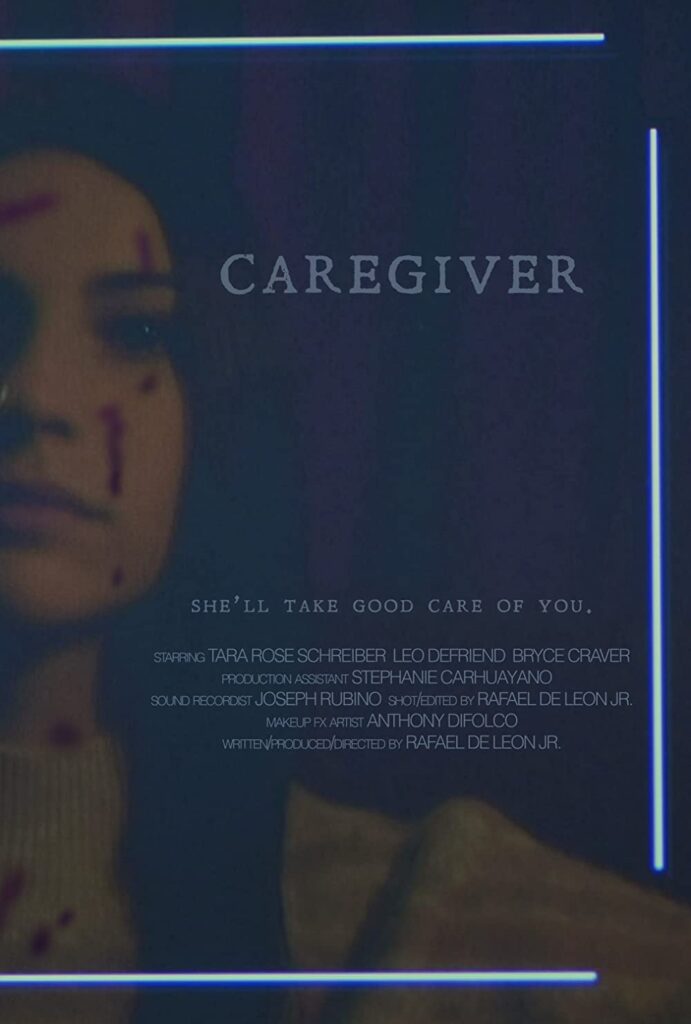
A graduate student (Leo DeFriend) interviews a young caregiver (Tara Rose Schreiber) for a class project, however, something just isn’t right. With the micro time frame, the eerie performance of an unhinged woman, and the closely bound setting keeping the set confined and inescapable, Rafael De Leon Jr. devises an incredibly unnerving short horror that forces the audience to sit and wait in terror for the frightening conclusion.
Bug Bites (Directed by Daniel DelPurgatorio)
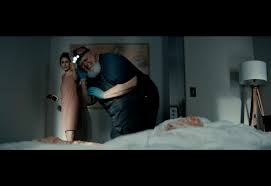
Sandra (Julia Atkin) discovers that her skin is covered in unknown bug bites, leading her to uncover a terrifying secret lurking right beneath her. Body horror and creature features are a match made in horror hell, with the repulsive factor and creepy-crawly frights working together to deliver shocking scares that will make your skin crawl. Bug Bites sheds impactful practical effects that would make Tom Savini proud, as well as delivering a punchy ending that both startles and deliberately bewilders.
Sucker (Directed by Alix Austin)
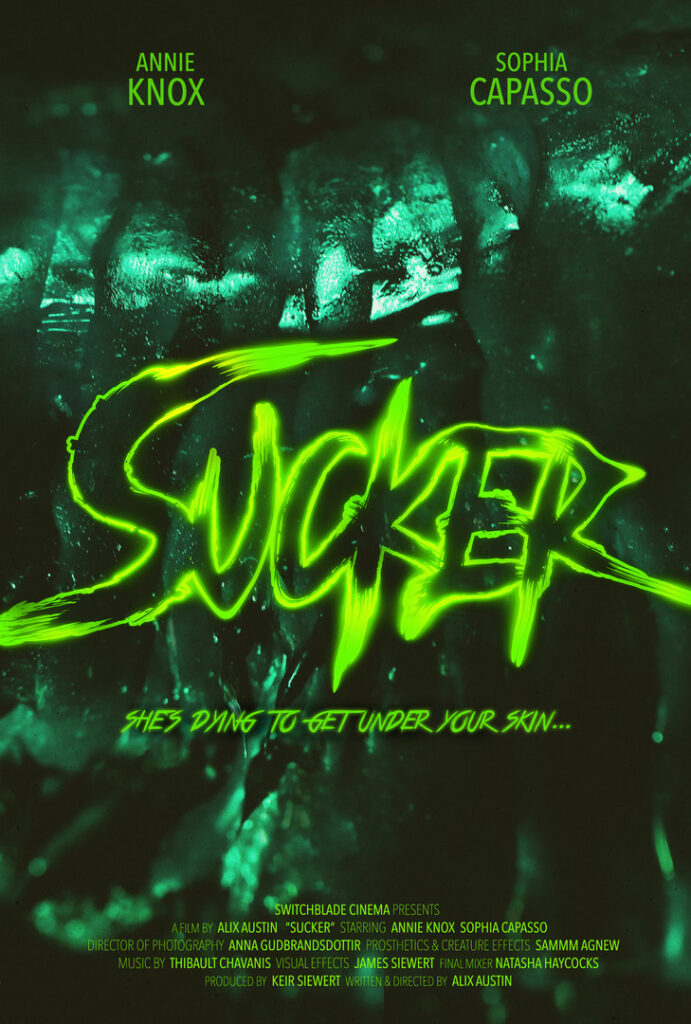
Sam (Sophia Capasso) returns home one day to find that her sister Caitlin (Annie Knox) has developed a strange illness. Sucker maximises the fear that stems from body modifications and the sickly texturisations within horror. The direction from Alix Austin is rooted within the contortionist structure of the film, with the threat of something alien taking over your own being without any hesitancy creating a generalised and strong sense of fear.
All You Can Eat (Directed by Kieran Reed)
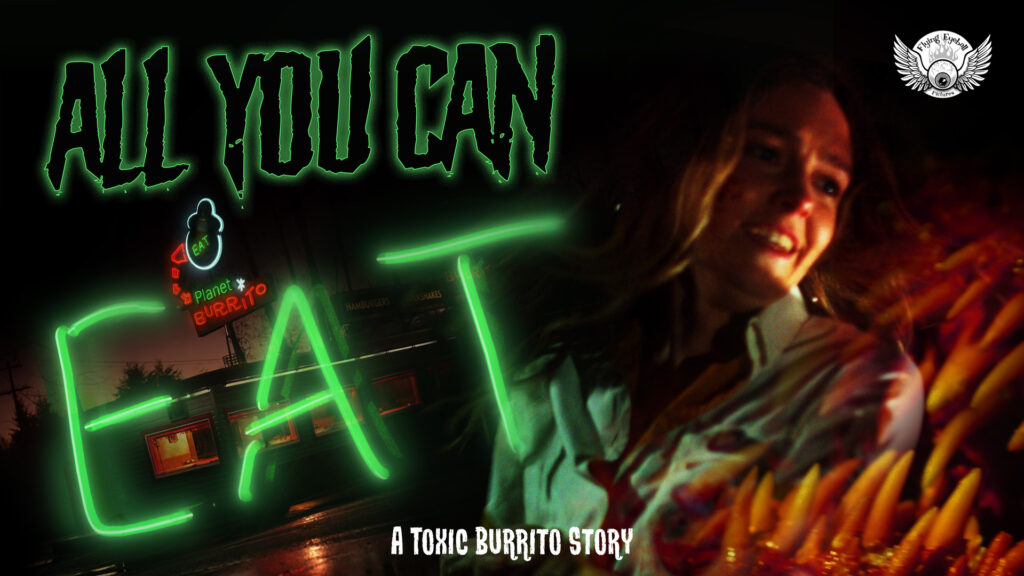
A young waitress working at a diner has a gut feeling that something menacing is going on behind the scenes, however, before she has the chance to break the secret unseen evil forces get in her way making a bloody mess. From the outskirts All You Can Eat thrives in the traditionalist diner aesthetic brimming with neon glows and shiny surfaces, making the film a visual success. But the glory doesn’t stop short as Kieran Reed creates a rhythmic spectacle using an insanely impressive mix of practical effects and a rip-roaring narrative that has the pedal to the metal the entire time.
Check out the films and much more at this years festival, tickets here…

